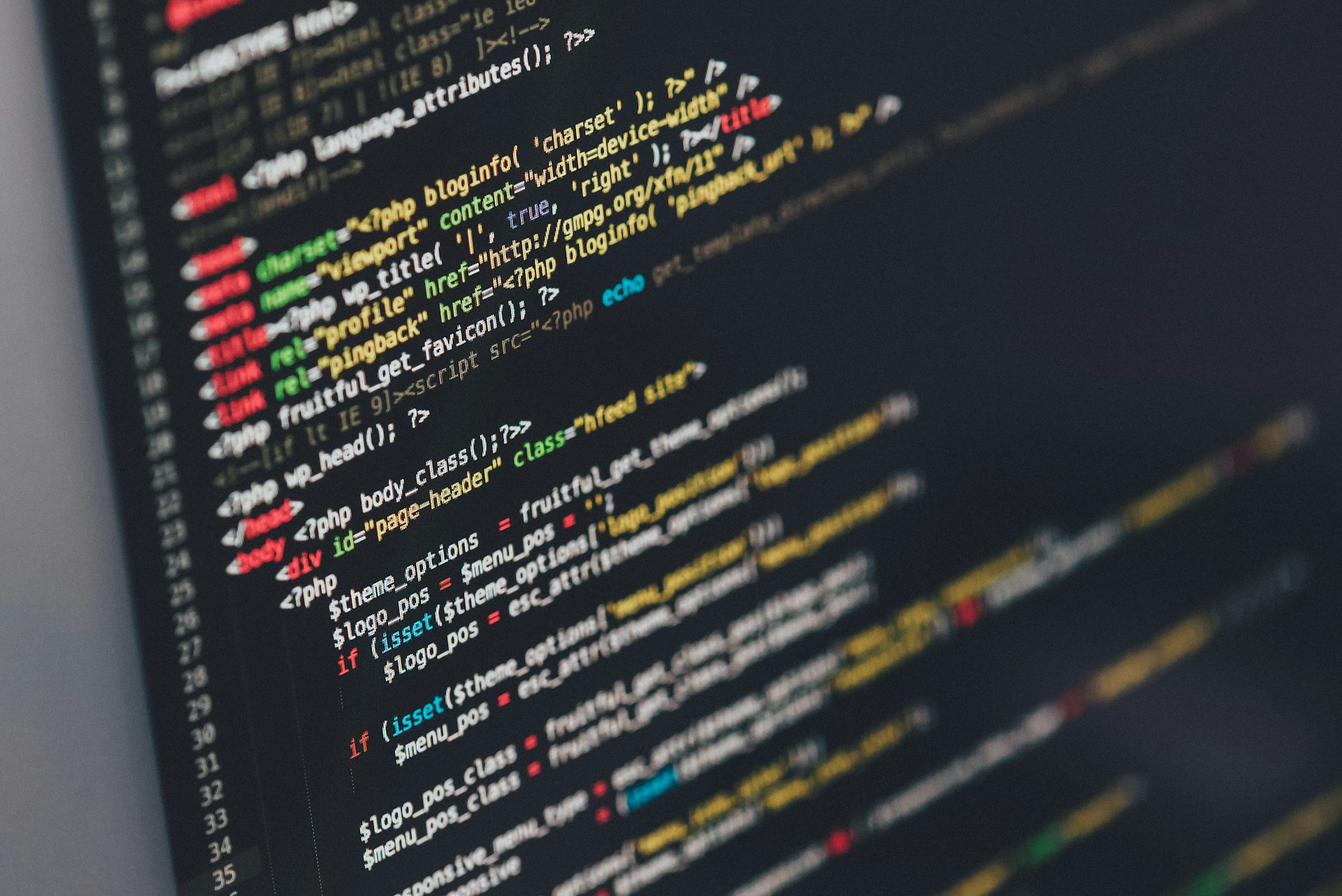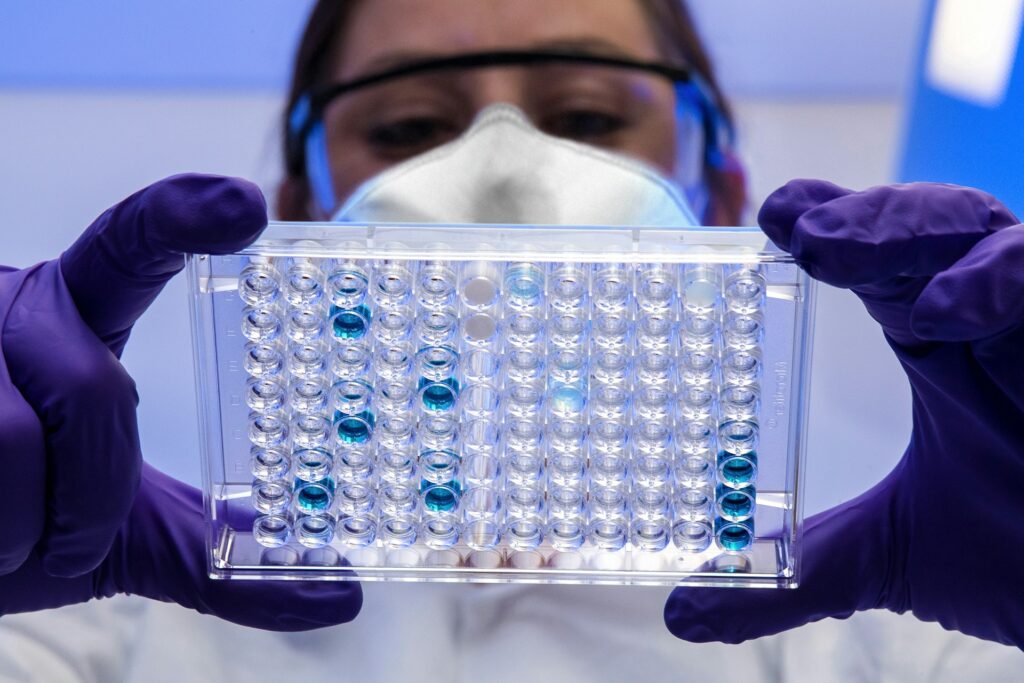In a significant advancement for quantum computing, a team of physicists at the California Institute of Technology (Caltech), led by Professor Manuel Endres, has achieved a new milestone by constructing the world’s largest neutral-atom qubit array, comprising 6,100 qubits. This achievement, marks a substantial step toward realizing large-scale, error-corrected quantum computers.
Manetsch, H. J., Nomura, G., Bataille, E., Lv, X., Leung, K. H., & Endres, M. (2025). A tweezer array with 6100 highly coherent atomic qubits. Nature. https://doi.org/10.1038/s41586-025-09641-4
Quantum computing holds the potential to revolutionize various fields by solving complex problems that are currently beyond the reach of classical computers. However, the practical application of quantum computers requires overcoming significant challenges, primarily related to the stability and scalability of qubits. Qubits, the fundamental units of quantum information, are highly sensitive to environmental disturbances, making them prone to errors. To build reliable quantum computers, researchers aim to develop systems with a large number of qubits that can maintain coherence and facilitate error correction.
Professor Manuel Endres from California Institute of Technology (Caltech) stated,
“This is an exciting moment for neutral-atom quantum computing. We can now see a pathway to large error-corrected quantum computers. The building blocks are in place.”
The team at Caltech utilized optical tweezers; focused laser beams; to trap individual cesium atoms in a grid, forming the qubit array. By splitting a single laser beam into 12,000 separate beams, they were able to position each atom precisely, creating a highly organized array. This method allowed them to achieve a coherence time of 12.6 seconds, a significant improvement over previous systems, and to manipulate individual qubits with an accuracy of 99.98%.
One of the key challenges in scaling quantum systems is maintaining qubit coherence over time and space. The Caltech team addressed this by demonstrating the ability to move atoms across the array while preserving their quantum state. This capability is crucial for implementing quantum error correction protocols, which require the ability to relocate qubits without introducing errors.
Looking ahead, the researchers plan to explore the entanglement of qubits within the array. Entanglement is a fundamental resource for quantum computation, enabling qubits to perform complex operations that are not possible with classical bits. Achieving entanglement across a large number of qubits is a critical step toward realizing the full potential of quantum computers.
This development positions Caltech at the forefront of quantum computing research, showcasing the viability of neutral-atom platforms for building scalable and stable quantum systems. As the field progresses, such advancements bring us closer to the realization of practical quantum computers that could transform industries ranging from cryptography to materials science.

Adrian graduated with a Masters Degree (1st Class Honours) in Chemical Engineering from Chester University along with Harris. His master’s research aimed to develop a standardadised clean water oxygenation transfer procedure to test bubble diffusers that are currently used in the wastewater industry commercial market. He has also undergone placments in both US and China primarely focused within the R&D department and is an associate member of the Institute of Chemical Engineers (IChemE).



